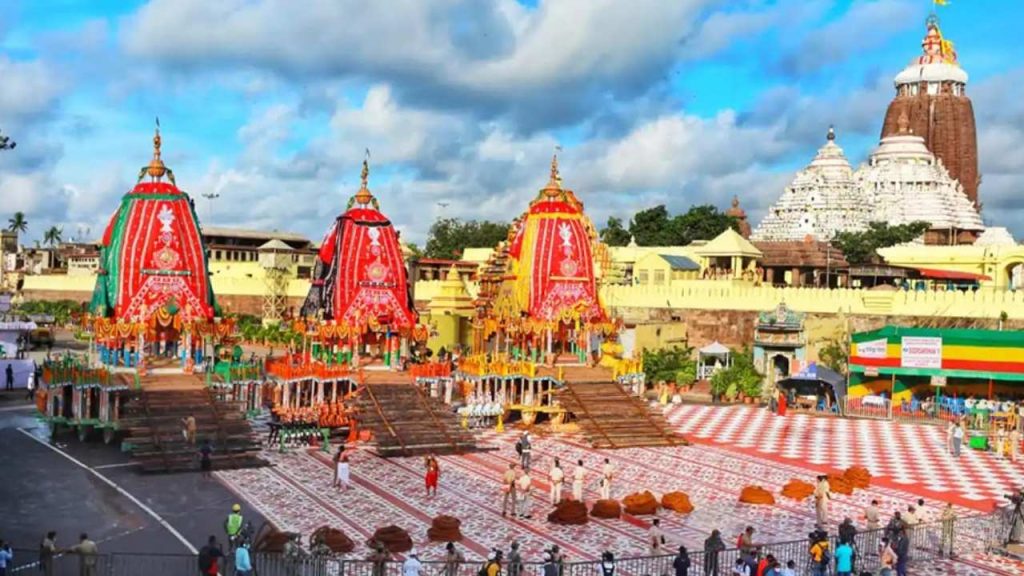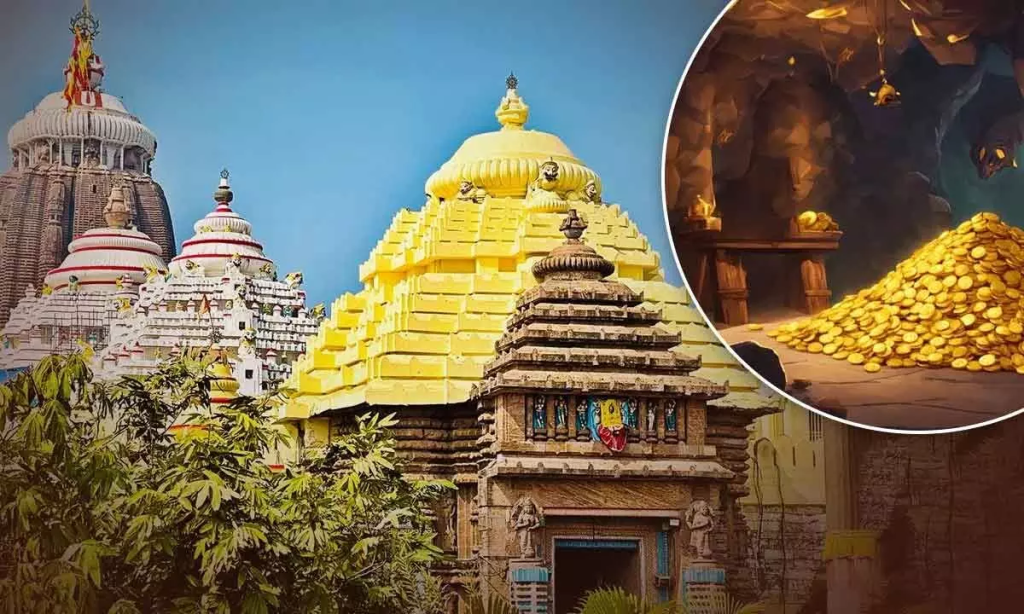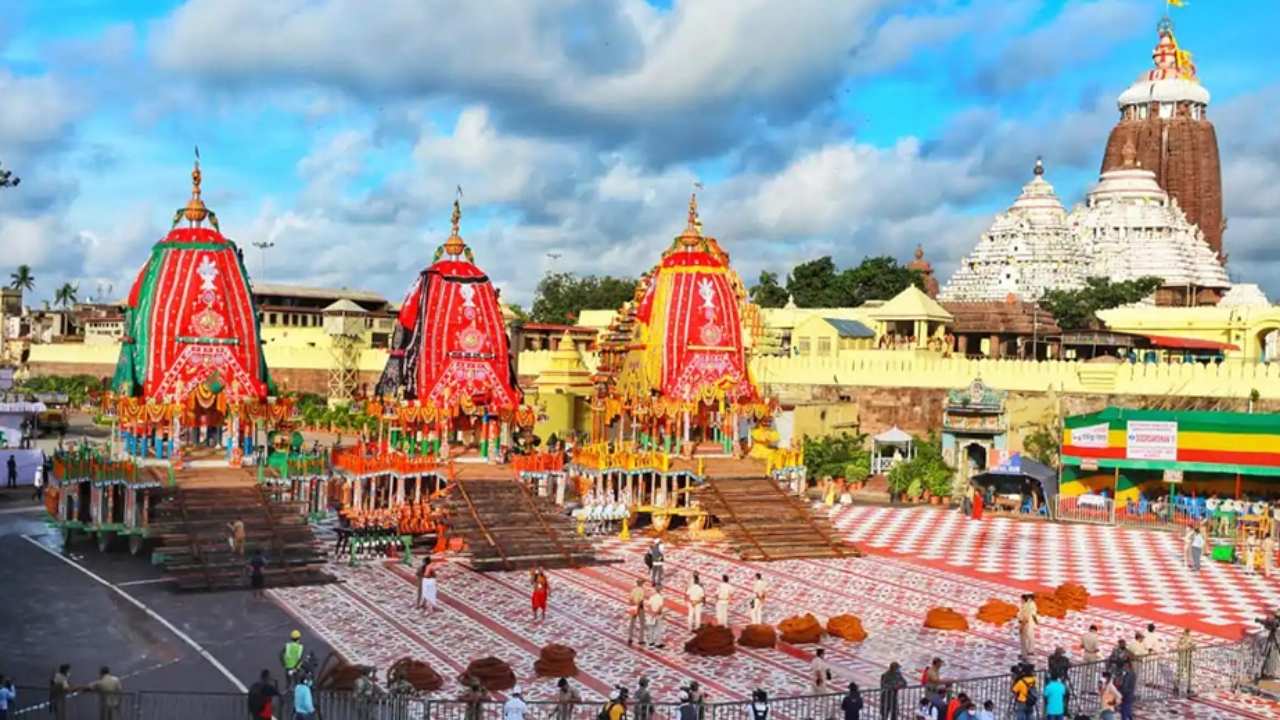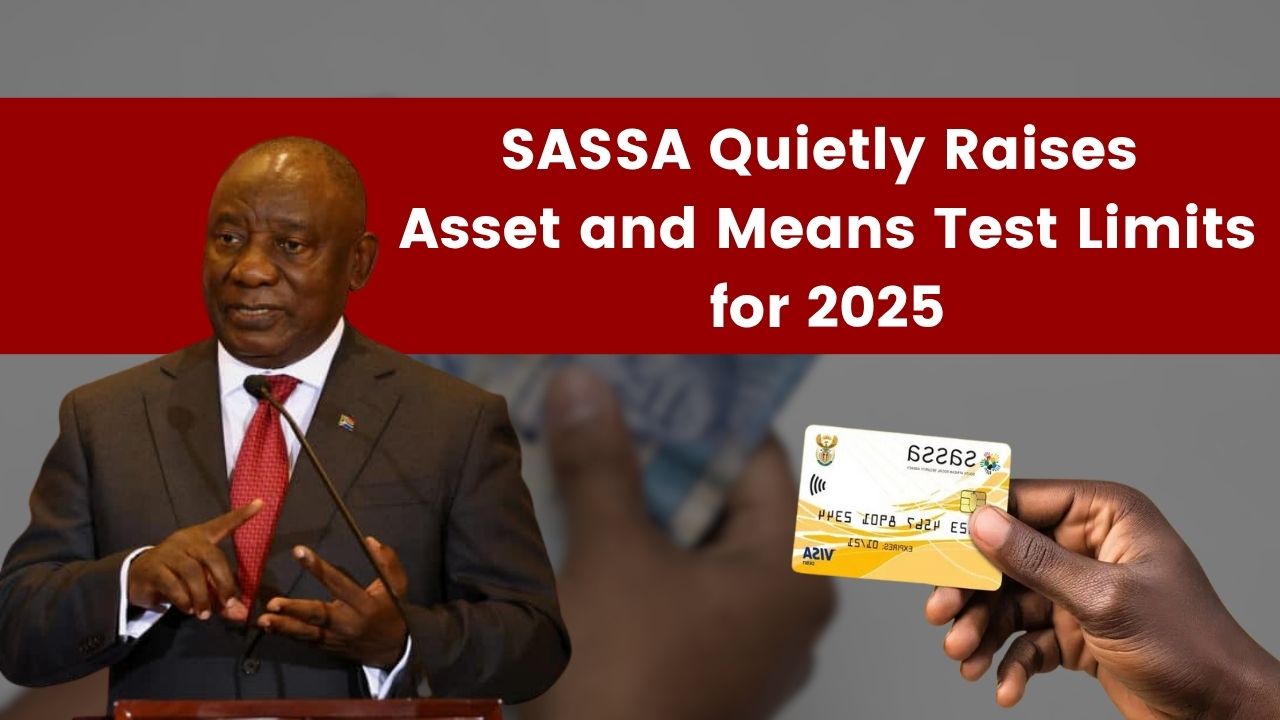BHUBANESWAR, INDIA – The Reserve Bank of India (RBI) has nominated two expert officials to oversee the much-anticipated inventory of the Ratna Bhandar, the sacred treasury of the Shree Jagannath Temple in Puri. This development, announced by Odisha Law Minister Prithiviraj Harichandan, marks a significant step towards a transparent and comprehensive assessment of the temple’s vast and historic valuables, known as the Puri Srimandir Ratna Bhandar inventory. The move comes after the Archaeological Survey of India (ASI) completed extensive structural conservation work on the treasury.

The inventory, a process last thoroughly undertaken in 1978, is poised to shed light on the exact quantity and nature of the priceless artifacts accumulated over centuries. The state government’s decision to involve the RBI underscores a commitment to impartiality and professional rigor in handling this sensitive and culturally significant undertaking.
Historical Context and Recent Developments
The Ratna Bhandar, or “Jewel House,” of the Puri Srimandir is a repository of immense historical and spiritual significance. It contains an extensive collection of gold ornaments, precious stones, and other valuable offerings made to Lord Jagannath, Lord Balabhadra, and Devi Subhadra by various kings, dynasties, and devotees over nearly a millennium. The treasury is divided into an inner (Bhitar Bhandar) and outer (Bahara Bhandar) chamber. While the outer chamber is occasionally accessed for ceremonial purposes, the inner chamber has remained largely sealed for decades, fueling public curiosity and concern regarding its contents and structural integrity.
The last comprehensive inventory, conducted in 1978, recorded approximately 128-142 kilograms of gold and 221-244 kilograms of silver. These figures provided a glimpse into the immense wealth housed within. However, the exact current holdings, particularly within the inner chamber, have remained a subject of speculation.

Concerns regarding the structural stability of the Ratna Bhandar led to its reopening for a structural inspection in July 2024, after a gap of 46 years. This initial access allowed for a preliminary assessment, leading to the commencement of extensive repair and conservation work by the Archaeological Survey of India (ASI). The ASI completed these crucial repairs on July 7, 2025, ensuring the structural integrity of the treasury for the coming decades.
The Role of RBI Officials and the Inventory Process
Law Minister Prithiviraj Harichandan confirmed on Friday, August 1, 2025, that the Odisha government had formally requested the RBI Governor to depute expert officials for the inventory process. “The Reserve Bank of India has already nominated two officials for the inventory of Ratna Bhandar,” Minister Harichandan stated to reporters in Bhubaneswar. He emphasized that the involvement of RBI experts, known for their experience in valuing temple ornaments across India, will ensure the process is conducted with the highest levels of transparency and accuracy.
The upcoming Puri Srimandir Ratna Bhandar inventory will be a multi-stage process. First, the ornaments and valuables currently stored in temporary strongrooms within the temple premises, where they were relocated during the repair work, will be transferred back to the renovated Ratna Bhandar. This transfer will occur after the formation and approval of a new Srimandir Managing Committee, which is expected to be constituted soon.
Once the valuables are securely returned to the treasury, the RBI officials will be informed of a scheduled date for the physical inspection and counting of the assets. This meticulous process will involve:
- Digital Cataloguing: Detailed digital photography and videography of each item.
- Weight and Make Documentation: Recording the weight, material, and craftsmanship of the ornaments.
- Verification: Comparing the newly documented inventory with the records from the 1978 assessment to identify any discrepancies or additions.
- Expert Valuation: Engaging skilled goldsmiths, valuers, and gemologists, potentially from other states, to accurately assess the characteristics, composition, and value of precious stones, including diamonds, pearls, and rubies.
The presence of the RBI officials will serve as an independent oversight, enhancing the credibility of the entire exercise. While the RBI typically does not conduct temple inventories, its expertise in financial asset management and valuation makes its involvement crucial for ensuring a reliable and verifiable record of the temple’s treasures.
Spy Camera Incident in Puri Srimandir Raises Concerns Over Temple Security
ASI Faces Backlash Over Posting Interior Photos of Puri Jagannath Temple
Lord Jagannath’s Image on Doormat Sparks Fury in Odisha, AliExpress Demands Apology
Future Plans and Public Expectations
Beyond the inventory, the Odisha government has outlined further plans for the management and enhancement of the temple’s treasures. Minister Harichandan indicated that the government plans to create a new collection of gold and silver ornaments for Lord Jagannath, Lord Balabhadra, and Devi Subhadra, particularly for the significant “Suna Besha” ritual. This initiative aims to address a long-standing demand from devotees and servitors for new adornments, as the existing ones have been in use for an extended period. The government also intends to encourage public contributions of gold to support this endeavor.
The ongoing focus on the Ratna Bhandar reflects not only administrative due diligence but also a deep reverence for the cultural and spiritual heritage associated with the Puri Srimandir. The transparency surrounding the inventory process is expected to address public concerns and reinforce trust in the temple administration. The detailed documentation will provide an invaluable historical record and facilitate better preservation of these ancient treasures for future generations.
The formation of the new Srimandir Managing Committee and the finalization of the inventory timeline are the immediate next steps. The meticulous approach being adopted by the Odisha government, with the involvement of the RBI, aims to ensure that the Ratna Bhandar’s wealth is accurately documented, safeguarded, and revered, continuing its legacy as a symbol of profound devotion and artistic heritage.





